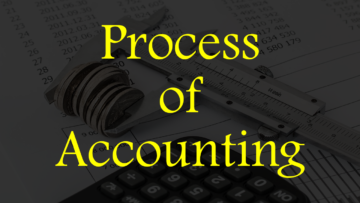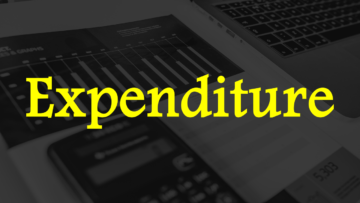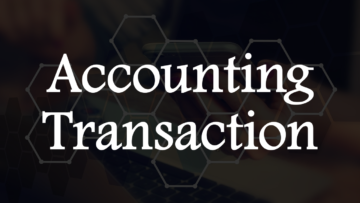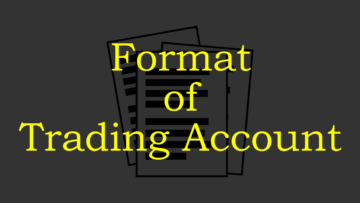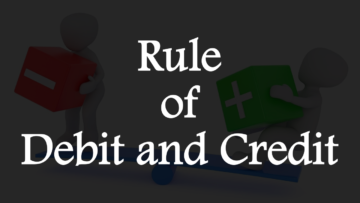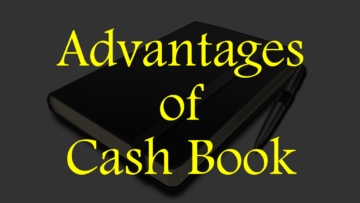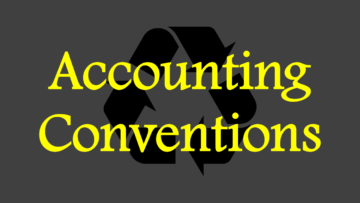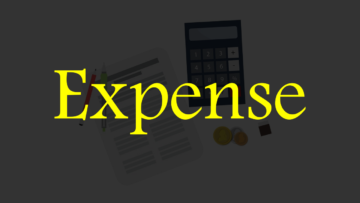The primary function of every business is to transact products which involves two parties, one is a buyer, and the other is a seller. When the buyer buys the product, he pays at the same time or later, if he pays at the same time then he will be called only buyer and if he pays later then he will be called debtor as well as buyer. The term debtor is used in accounting if someone purchases a product on credit.
If someone is called a debtor then someone will also be called a creditor because no transaction can be done by one person alone, two persons are required to complete the transaction. The one who buys products on credit is called a debtor and the one who sells products on credit is called a creditor. The second person for the debtor is called the creditor and the second person for the creditor is called the debtor.
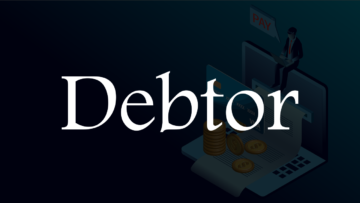
Table of Contents
What is a Debtor?
A debtor is a person or buyer who purchases a product on credit and remains a debtor until the liability/debt is paid. The person who sells the product on credit is called a creditor and the buyer for the same person is called a debtor. A debtor is an asset of the business and is shown on the balance sheet. Once the debtor has paid his full debt, he is no longer a debtor for the business and is not shown on the balance sheet.
A debtor plays a very important role in business because it is the asset of the business, and it gets converted into cash in the future and it also plays an important role in showing the status of the business. Note: The debtor can be any person like an individual, business, firm, organization, institution, etc. If someone purchase a product on credit, then he will be called a debtor. The definition of product may vary in different sectors.
Features of Debtor
Following are the features of the debtor:
1. Asset:
The debtor is an asset of the business because the business has sold the product to the debtor on credit. The debtor remains a debtor or an asset of the business until the debt is paid in full. When the debtor has paid the debt in full, he is no longer a debtor and an asset to the business.
2. Shown on the Balance Sheet:
A debtor is shown on the asset side of the balance sheet as it is an asset of the business. In accounting, a debtor is treated as short-term assets or current assets. Even though the debtor is considered a short-term asset or a current asset, many times it remains a debtor for a long time. Note: The debtor is shown on the balance sheet only until he has paid the debt.
3. Obligation:
The debtor has the responsibility to pay the debt taken from the creditor on time. If the debtor does not do so, legal action can be taken against him. The time to pay the debt depends on both the parties and the transaction. Generally, the debt has to be repaid within a year, but it is not necessary that this happens every time.
4. Debit Balance:
The debtor’s account balance is always a debit because the rule of personal account applies whereby whoever receives something is debited and whoever gives something is credited. If the debtor’s account balance is credit, he becomes a creditor and the whole process is reversed.
| Personal Account Rule | – Debit the Receiver. – Credit the Giver. |
5. Opposite of Creditor:
The debtor is always the opposite of the creditor because a single person cannot transact. To make any transaction there should be a taker who is called a buyer and there should be a giver who is called a seller, both the taker and the giver cannot be the same person which is why the accounting of both persons is different from each other.
Read Also:
QNA/FAQ
Q1. Who is the debtor?
Ans: A debtor is a person who purchases a product on credit.
Q2. How long does a person remain a debtor?
Ans: A person remains a debtor until he pays the debt/liability.
Q3. Are debtors shown on the balance sheet?
Ans: Yes, debtors are shown on the balance sheet.
Q4. Is the debtor an asset of the business?
Ans: Yes, the debtor is an asset of the business.
Q5. Write the features of the debtor.
Ans: Following are the features of the debtor:
1. The debtor is an asset of the business.
2. The Debtor is shown on the balance sheet.
3. The debtor’s balance is always a debit.
4. The debtor has the responsibility to pay the debt/liability on time.
5. The debtor is always the opposite of the creditor.


